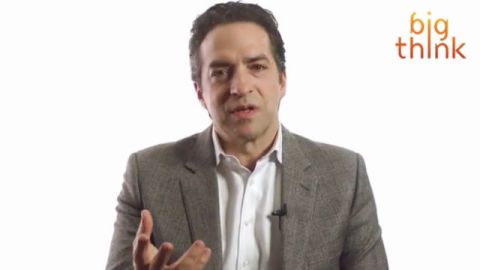Workplace Culture: How Would You Rather Be Spending Your Time?

Human beings are naturally wired to contribute. Teamwork ensures survival for the group as well as the individual: the useful and collaborative are always welcomed in the tribe. But we’re also driven to have a purpose, to feel as though our lives and working hours have meaning. That’s why a dysfunctional company culture can give workers an existential crisis.
Tony Hsieh, the CEO of Zappos, understood this very well. While working for his previous company, Hsieh developed the habit of hitting the snooze button every morning. He couldn’t bear to drag himself out of bed to face the day at a company that didn’t sync with how he wanted to spend his precious time while on Earth. For this reason, when he finally jumped to Zappos, he prioritized company culture, creating a near mythical work environment. “It’s about giving employees permission and encouraging them to just be themselves,” Hsieh told Fast Company. At Zappos, employees personalize their cubicles, making a fun and lively creative office with plenty of interesting conversation starters. Zappos is repeatedly ranked as one of the best places to work.
Workplace culture shouldn’t be complicated: Give your workers reasons to be excited to come to work. And that number one reason must be purpose, according to Adam Bryant, author of Quick and Nimble and the “Corner Office” column at The New York Times.
“Not all start up cultures are great, and we shouldn’t think that they are. There could be a lot of chaos and if the leadership isn’t focused on culture then you’re going to get the kind of the problems that Tony Hsieh had,” says Bryant. “But it is important to try to hold onto that start up spark. Because what that really means is that sense that people are committed to the mission.”
Productivity stems from motivation, and people are clearly far more motivated when they feel as though they’re a part of something. Culture is as simple as ensuring that each and every employee’s contribution matters, and that each person knows that it matters. It is the job of a leader to set the workplace culture. A happy company means happy customers and shareholders. Simply put, workplace culture, according to Bryant, makes sure: “It’s not just work for them. They’re not just punching the clock.”
Bryant also warns that dysfunctional workplace cultures breed silos, which have been known to destroy businesses from within. “People are just doing their own thing and that’s when you get all the politics and turfiness,” he says. “Silos can be really dangerous. One CEO said to me, ‘Silos are what toppled the greatest companies.’ And even a company like Microsoft by its own admission in the summer of 2013 said that they have a problem with their organization. They have to look at the organization chart to create much more of a ‘one’ Microsoft culture. And I think as companies get bigger they really have to contend with that.”
For more on Bryant’s insights into workplace culture and establishing one that will make your organization thrive, watch this clip from Big Think’s interview:





